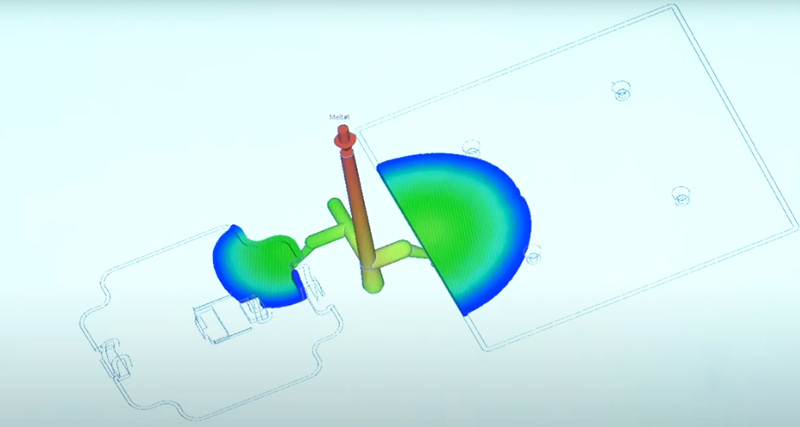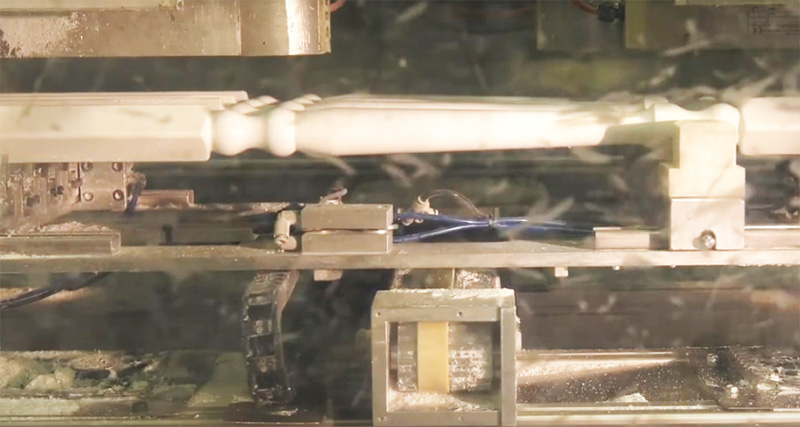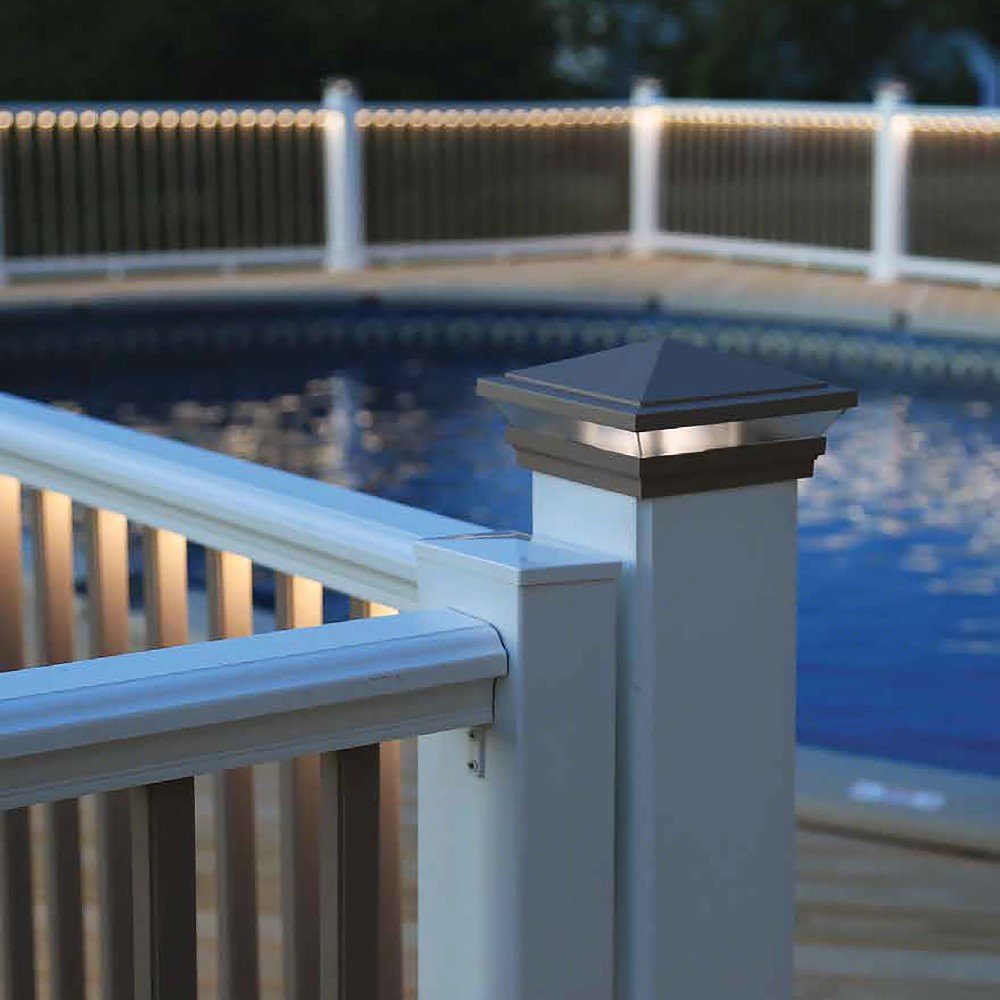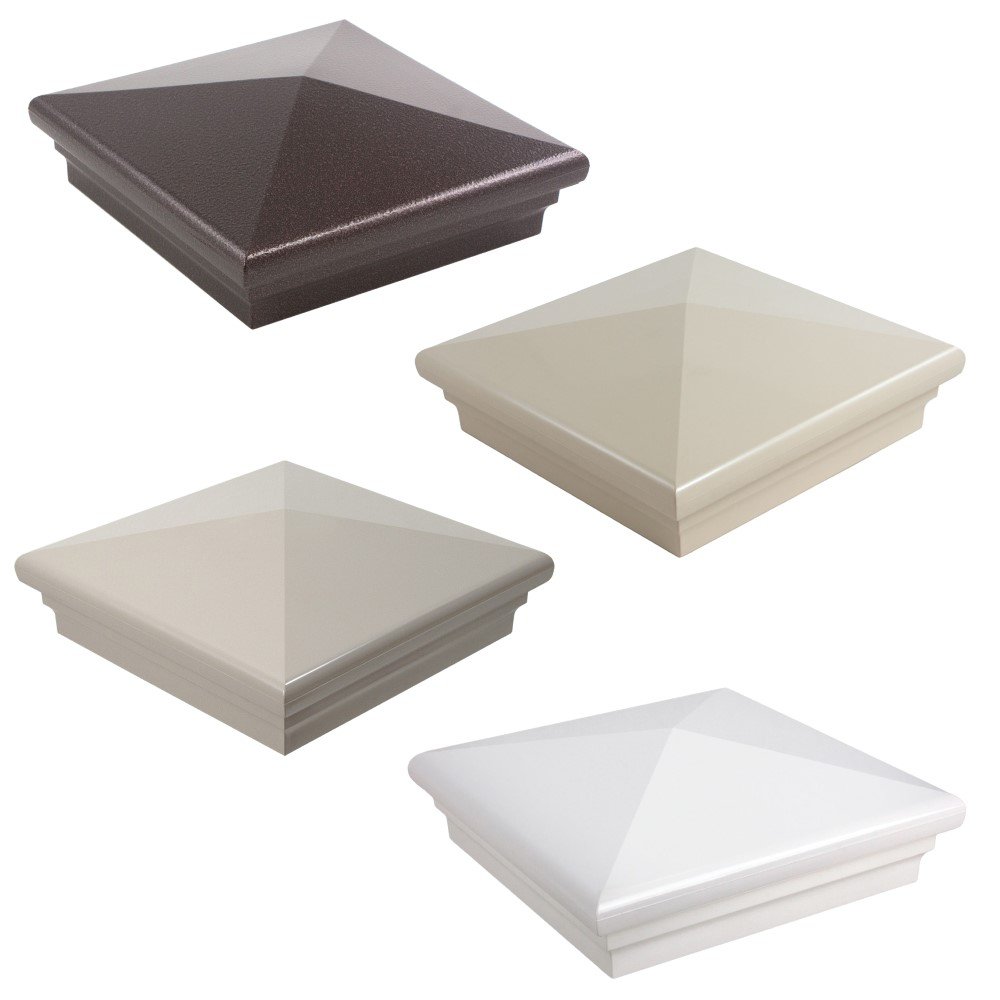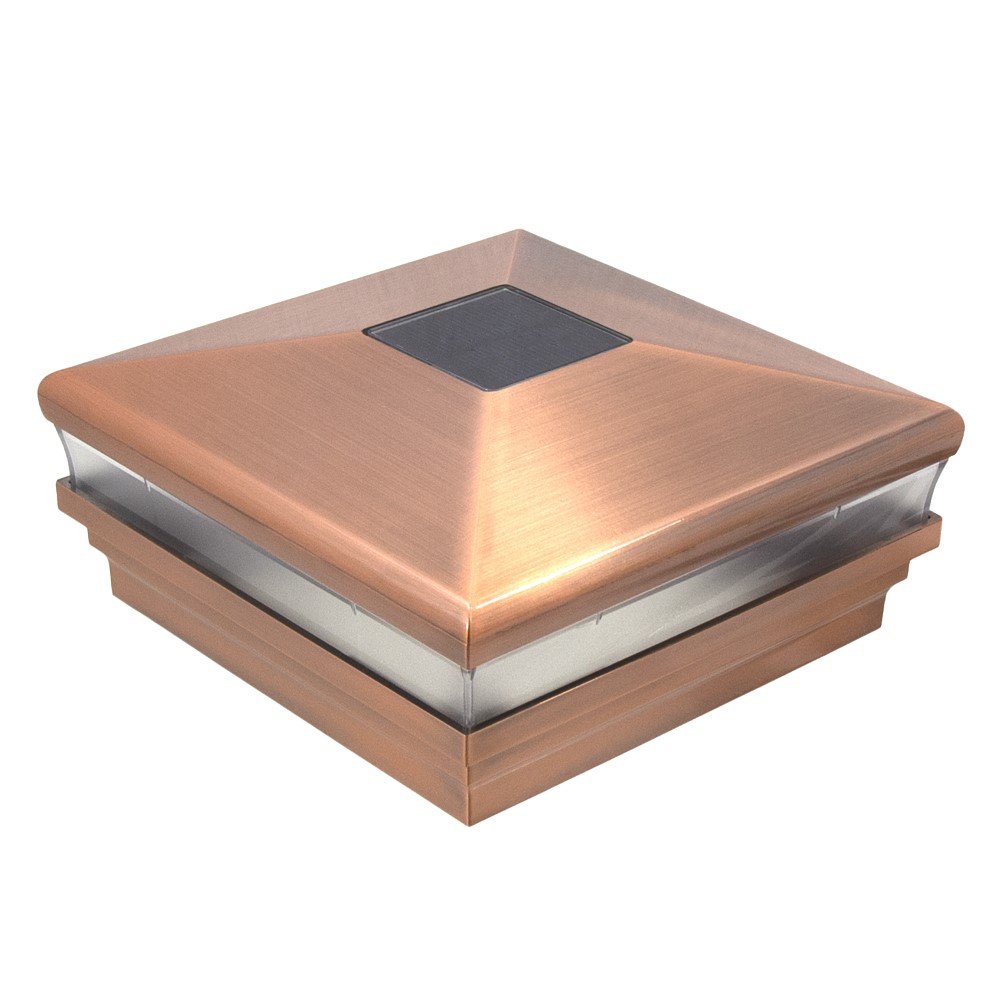Injection Molding vs Thermoforming for Vinyl Fencing Parts: What You Need to Know
Vinyl fencing has become a go-to choice for homeowners and contractors thanks to its clean look, low maintenance, and long-lasting performance. One key element in the overall durability and appearance of a vinyl fence is how its parts, such as post caps, trim rings, and skirts, are made. While they might look similar at first glance, the manufacturing method behind these components plays a major role in how they hold up over time. This article compares two common production methods, injection molding and thermoforming, and explains why both methods are used for vinyl: injection molding for smaller fittings and thermoforming for larger components like posts, spindles, pickets, etc.
Overview of Vinyl Manufacturing Methods
What is Injection Molding?
Injection molding is a process where molten vinyl is injected under pressure into a precision mold, creating solid, detailed parts that are dense and uniform. It is a common method for producing large volumes of identical components with exact dimensions. The benefits of injection molding include superior durability, tight tolerances, and the ability to create complex shapes with clean edges. However, the tooling required can be expensive, so this process is most cost-effective for high-volume production runs.
Steps in the Injection Molding Process:
- Design the Mold: A steel or aluminum mold is engineered to match the exact shape and detail of the finished part.
- Heat the Vinyl Resin: Vinyl pellets are fed into a machine where they are melted into a liquid form.
- Inject the Material: The molten vinyl is injected into the mold cavity at high pressure.
- Cool and Solidify: The mold is cooled, allowing the part to harden quickly into its final shape.
- Eject the Finished Part: Once solidified, the mold opens and the part is released, ready for trimming or packaging.
What is Thermoforming?
Thermoforming involves heating a flat sheet of vinyl until it becomes pliable, then shaping it over a mold using vacuum or pressure. This method is generally used for simpler, lightweight parts and has lower upfront costs compared to injection molding. While it is more flexible for short production runs, thermoformed parts tend to be thinner, less consistent, and less impact-resistant. They may also show more variation in shape and surface detail.
Steps in the Thermoforming Process:
- Prepare the Vinyl Sheet: Flat vinyl sheets are cut to size for the part being formed.
- Heat the Material: The sheet is heated until it becomes soft and pliable.
- Form Over the Mold: The softened vinyl is drawn down over a mold using vacuum or pressure.
- Cool the Part: The formed sheet is cooled in place to hold its new shape.
- Trim the Edges: Excess material around the edges is cut away, and the finished part is removed from the mold.
Key Comparison: Injection Molding vs. Thermoforming
| Feature | Injection Molding | Thermoforming |
|---|---|---|
| Material Efficiency | Minimizes waste with precise control of material flow | Some material waste may occur during trimming |
| Strength and Durability | Typically produces thicker, more rigid parts | Often used for lighter, more flexible components |
| Design Detail | Supports complex shapes and consistent wall thickness | Best suited for simpler shapes with moderate detail |
| Tooling Cost | Higher upfront cost, efficient for large production volumes | Lower tooling cost, ideal for short runs or custom work |
| Visual Appearance | Smooth, uniform finishes with high repeatability | Finish can vary depending on material thickness and forming process |
| Outdoor Performance | Well-suited for high-impact and long-term outdoor use | Effective for larger components where moderate durability is acceptable |
Comparison Recap:
Overall, injection molding is the preferred choice for manufacturing vinyl fencing components like post caps, trim collars, and accessories. Its ability to produce durable, visually appealing, and precisely engineered parts makes it ideal for products that need to perform in outdoor environments. For manufacturers like LMT, injection molding ensures a consistent level of quality and reliability that contractors and homeowners can count on. These parts are less likely to warp, crack, or fade over time, even in extreme weather. The consistency in shape and size also means easier installation and a more professional finished look. With injection molding, a wide variety of decorative styles and functional designs while maintaining high standards across its entire product line. While injection molding is ideal for detailed components, thermoforming is still commonly used for larger vinyl elements such as fence panels, posts, and railings, where high volume and less intricate design make it a cost-effective solution.
Injection Molding and Thermoforming FAQ
- Q. What is the biggest difference between injection molding and thermoforming?
A. Injection molding creates parts by injecting molten vinyl into a precision mold, which results in a thicker, more detailed, and durable product. Thermoforming uses heated vinyl sheets shaped over a mold, typically producing thinner parts with less consistency and surface detail. - Q. Why is injection molding better for vinyl post caps?
A. Post caps need to be strong, weather-resistant, and precisely sized for a proper fit. Injection molding provides the strength and exact dimensions needed to ensure long-term performance and an attractive finish, especially in outdoor conditions. - Q. Are thermoformed caps cheaper?
A. Thermoformed caps usually have a lower upfront cost due to simpler tooling, but they may not last as long. Over time, they are more prone to cracking, fading, or warping, which could lead to higher replacement costs. - Q. Can I mix injection molded and thermoformed parts on the same fence?
A. It is possible, but not recommended. The differences in thickness, detail, and color consistency may be noticeable. Injection molded parts offer a more uniform and professional appearance across your entire fence. - Q. Do all vinyl parts use injection molding?
A. Most vinyl parts, including post caps, trim rings, and skirts, are produced using injection molding. This method allows manufacturers to maintain consistent quality, provide a wide variety of styles, and ensure that each part performs well in the field.
Shop Vinyl Fence Fittings
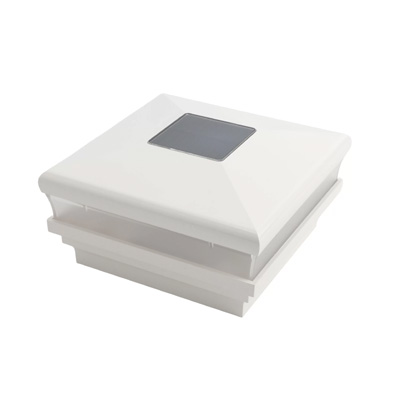
Solar Post Caps
Shop Now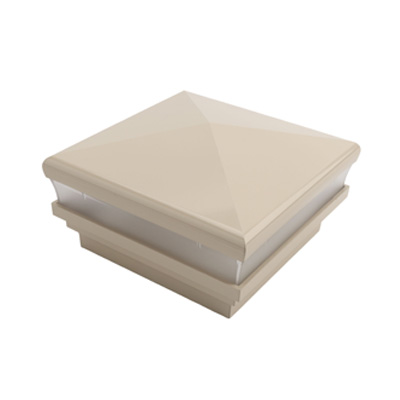
Low-Voltage Post Caps
Shop Now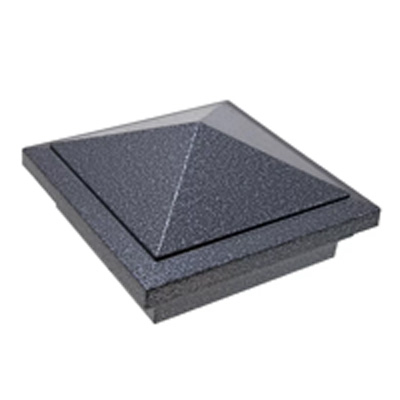
Vinyl Post Caps
Shop Now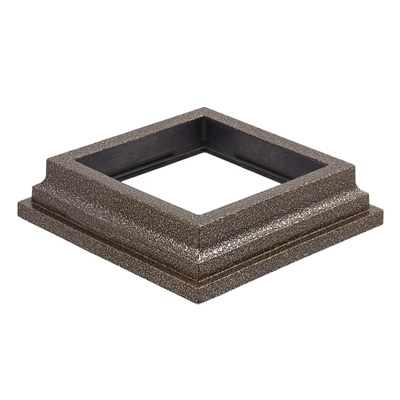
Post Skirts
Shop Now
Accessories
Shop NowIf you have any further questions about vinyl fencing and fittings, please do not hesitate to reach out. We are always happy to help!
Contact Us
